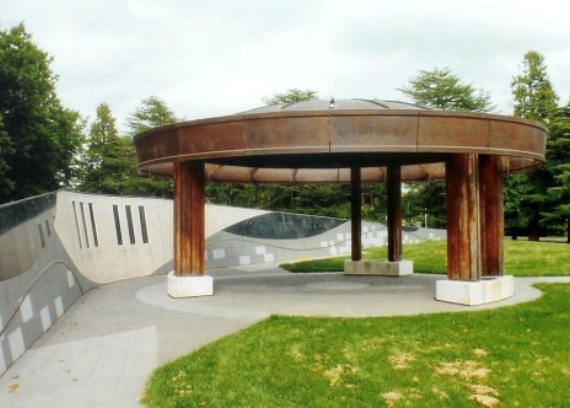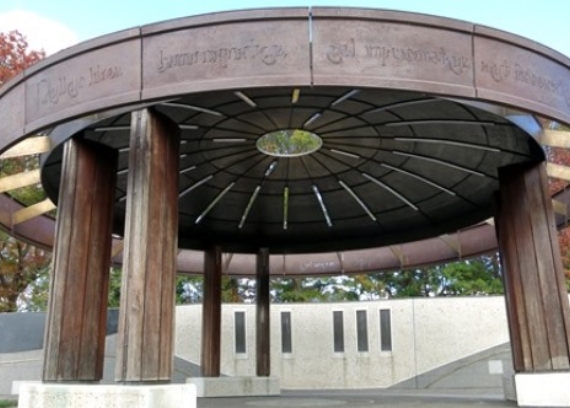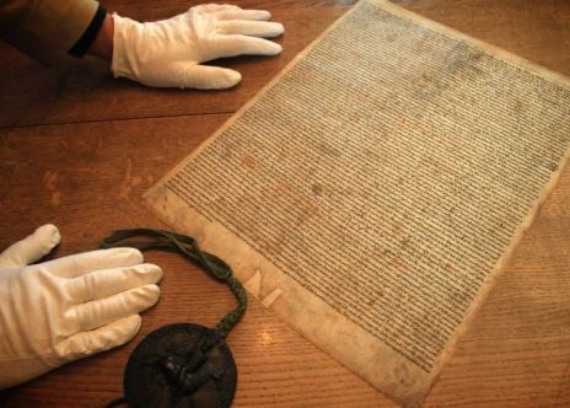Kane Constructions was engaged in 2001 to construct a monument, time capsule enclosure and landscaping works to celebrate Magna Carta located adjacent to the grounds of Old Parliament House, Canberra.
Magna Carta Place is a semi-circular tree-bordered area of about 1 hectare adjacent to Old Parliament House in Canberra’s central Parliamentary Zone. It is bounded by Langton Crescent, named in 1952 after Stephen Langton who, as Archbishop of Canterbury, had been instrumental in having King John seal the Magna Carta in 1215. The area was formally named Magna Carta Place in 1997 on the 700th anniversary of the sealing, by King Edward 1, of the 1297 issue of Magna Carta, the version which first became the law of England.
The long walls, or cut side of the burial mound, are clad in stone on which are etched, to the left, eight images of the life and times of Magna Carta and to the right, ten images illustrative of the development of the rule of law in Australia and of its parliamentary system. These murals are supported by six bronze plaques whose themes are: Magna Carta- the history of an idea; the early history of Magna Carta; the Great Charter; Magna Carta and Australia; the Australian Constitution; and the Spirit of Magna Carta.
The pavilion has a cast bronze dome with radial slots and a central ocular opening, encircled by a crown-like ring on which is inscribed the Latin text of chapter 29 of the 1297 version, all supported by three paired Australian ironbark columns. Between the paired wooden columns are set brass rubbing plates combining text and images related to Magna Carta.
In the centre of the Pavilion is the foundation stone, under which is buried a time capsule to be opened in 2101.


